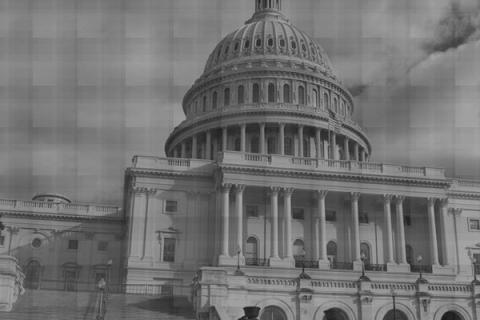Those wholove irony will appreciate recent developments in California's prison system.
Afederal judge refused to take the state out from under the thumb of areceiver who wants officials to spend $8 billion to build seven prison healthcenters and renovate several others.
The state's auditorreleased a review of last year's budget that showed revenues increased only 1percent, the smallest growth since 2001, while government spending grew 8.2percent.
Thougheducation spending showed one of the biggest general-fund increases -- $1.8billion -- over the 2007-08 budget year, that funding was cut midyear fromlevels approved when the spending plan was passed.
Prisons,however, grew over both the previous year and over projections, showing an $884million increase over the previous year.
Andthat's not all. In addition to spending from the general fund, lawmakersapproved $7.3 billion in lease-revenue bonds for projects that includedstate prison and local jail beds and health-care facilities, the audit reportsaid.
Thereason, according to the audit: "The increased expenditures incorrectional programs was mainly for inmate medical services, in order tocomply with recent court orders and implementation of new parole programs toreduce recidivism."
Theprison general-fund budget grew by the $396 million over the budgeted amount,nearly identical to the amount schools were cut. That means liberals might wellhave a point when they claim government gladly will spend money to incarceratepeople but not to educate them.
Didn'tRand Corp. warn long ago that thethree strikes law would cost the state $4.5 billion to $6.5 billion a year?We're at $10 billion and counting.
And whilethe nonpartisan Legislative Analyst's Office didn't come up with a price tag inits 2005report, it did warn that the increased numbers of prisoners as a result ofthe three-strikes law, as well as the aging prison population in general, wouldmean increased operating and building costs for the California correctionssystem.
Except inthis case, Californiais anything but glad about spending the money.
AttorneyGeneral Jerry Brown and Schwarzenegger Administration officials were in courtagain Tuesday, trying to convince U.S. District Judge Thelton Henderson to endthe court's involvement in prison health care.
Hendersonrefused, saying he wasn't convinced the state would continue the improvementsif the receiver were removed.
The stateplans to appeal.
"California is spendingalmost $14,000 per inmate for health care per year, far more than anyother state," Brown told The Los Angeles Times. "It is time for adose of fiscal common-sense."
Henderson did at least leavewiggle room on the pricey construction plan, accordingto The Sacramento Bee, saying that he hadn't ordered construction, but onlyrenovations and plans for construction. And a three-judge panel that includes Henderson tentatively hasordered the state torelease about a third of its prisoners, and fewer prisoners obviously wouldmean less health-care needs.
Clearly,there's no room for continued spending growth anywhere in California's budget,with the state already facing a new $8 billion budget gap in the bloodycompromise struck just last month.
Inflexiblebudget, meet inflexible judge. And inflexible voters who refused a little morethan four years ago to ease up on three strikes. The LAO estimates that hadProposition 66 passed, it would have saved the state hundreds of millionsannually.
Schwarzeneggeropposed that change,saying it would put 26,000 dangerous criminals back on the streets.
In thefinal irony in this saga, that's about how many people Californiawould have to release a year if the judges order cuts to the prisonpopulation.
